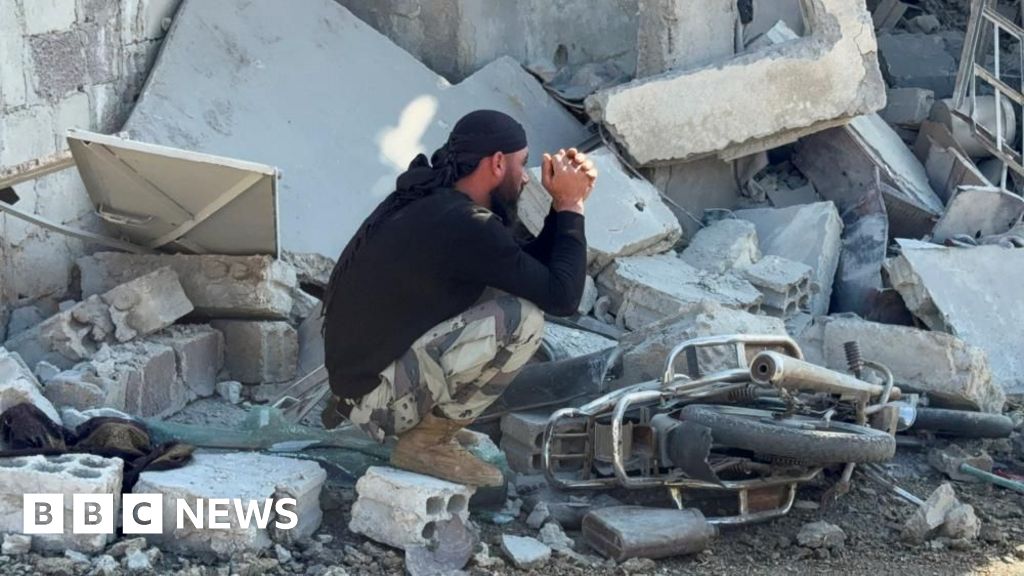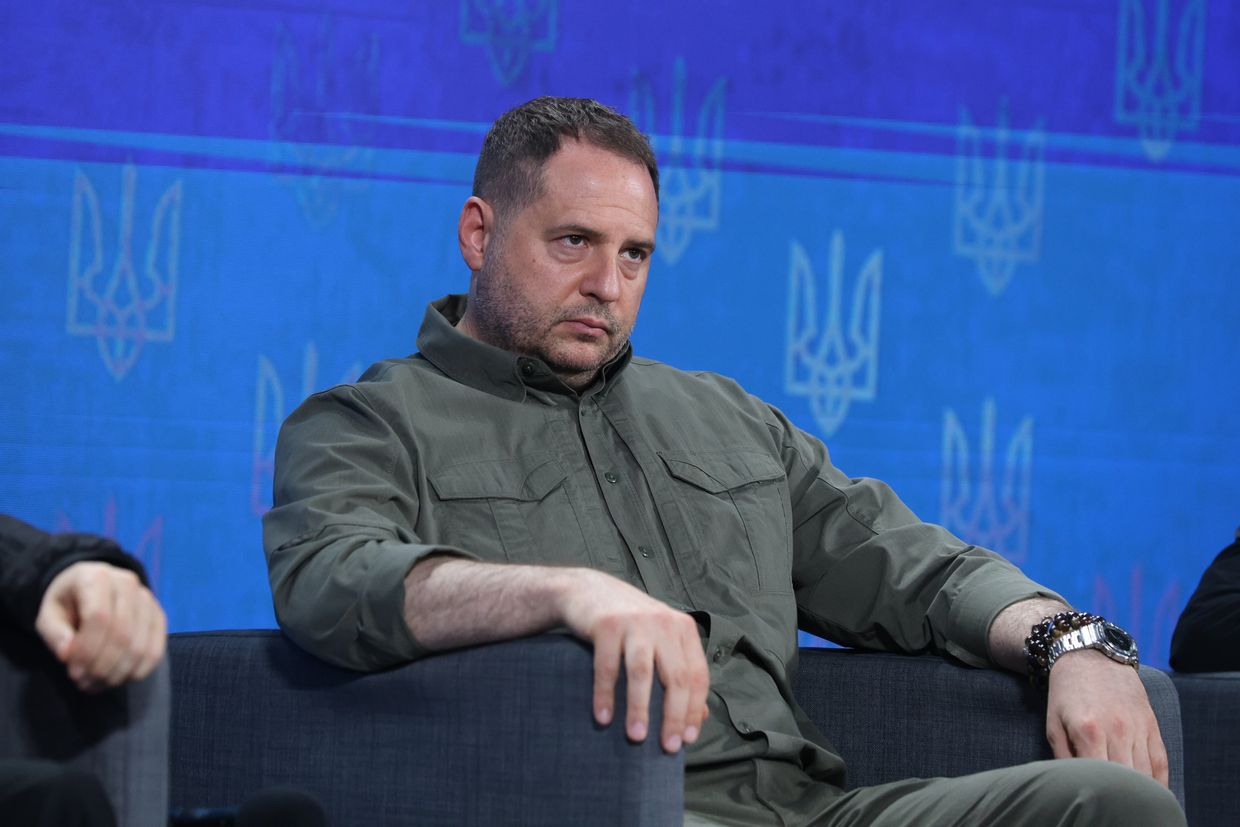Reviving the Presidential Physical Fitness Test

Introduction
In 2012, former President Obama canceled the Presidential Physical Fitness Test, a program that had been in place since the 1960s to encourage children to lead healthy, active lifestyles. However, in a recent turn of events, President Trump has signed an executive order resurrecting the test, much to the surprise of many. This move has sparked a debate on the importance of physical fitness and the role of the government in promoting it.
Key Details
The Presidential Physical Fitness Test was a staple in American schools for decades, pushing children to achieve a set of physical fitness goals including 40 push-ups, 10 pull-ups, and a 6.5-minute mile. The program was seen as a way to promote the importance of staying active and healthy, but it was also met with criticism for being too demanding and potentially harmful for children's self-esteem.
President Trump's decision to bring back the test has reignited the debate on the role of the government in promoting physical fitness. Some argue that it is not the government's responsibility to mandate physical fitness, while others believe it is a crucial part of promoting a healthy society.
Impact
The resurrection of the Presidential Physical Fitness Test has the potential to have a significant impact on children's physical health and well-being. However, it is essential to consider the potential consequences of such a program and
About the People Mentioned
Obama
Barack Hussein Obama II, born on August 4, 1961, in Honolulu, Hawaii, is an American politician who served as the 44th president of the United States from 2009 to 2017. He is notably the first African American to hold the presidency. Obama’s parents were Barack Obama Sr., a Kenyan economist, and Stanley Ann Dunham, an American from Kansas. He spent part of his childhood in Indonesia before returning to Hawaii, where he attended a private preparatory school. He graduated from Columbia University in 1983 and earned a law degree from Harvard Law School in 1991, where he was the first African American president of the *Harvard Law Review*. Before his presidency, Obama worked as a community organizer in Chicago, practiced as a civil rights attorney, and taught constitutional law at the University of Chicago Law School. He served in the Illinois State Senate from 1997 to 2004 and then as a U.S. senator representing Illinois from 2005 to 2008. His 2008 presidential campaign emphasized themes of “change” and “hope,” leading to his election victory over Republican John McCain. During his two terms as president, Obama tackled several major issues, including the economic recession, health care reform through the Affordable Care Act, the repeal of “Don’t Ask, Don’t Tell,” efforts to combat climate change, and the withdrawal of U.S. troops from Iraq. He was awarded the Nobel Peace Prize in 2009 for his efforts to strengthen international diplomacy. After leaving office in 2017, Obama has remained influential through speeches, writing, and media projects, maintaining a significant presence in public discourse[1][2][3][4][5][6][7][8].
Trump
Donald John Trump, born June 14, 1946, in Queens, New York, is an American businessman, media personality, and politician who has served as both the 45th and 47th President of the United States[1][3][5]. He is the only president since Grover Cleveland to be elected to two non-consecutive terms, winning the 2016 and 2024 elections and serving from 2017 to 2021, and again from 2025 onward[2][3][5]. Trump’s political rise marked a significant shift in American politics, as he positioned himself as a political outsider and won the Republican nomination in 2016, defeating Democrat Hillary Clinton in the general election[1][5][6]. He was re-elected in 2024, defeating Vice President Kamala Harris, with Ohio Senator JD Vance as his running mate[5]. Before entering politics, Trump was a prominent real estate developer, inheriting and expanding his family’s business into the Trump Organization, which includes hotels, casinos, golf courses, and branded products worldwide[1][3][6]. He gained broader fame as the host of the reality TV show *The Apprentice* from 2004 to 2015[1][5][6]. Trump has authored several books, including the best-selling *The Art of the Deal* (1987)[5][6]. During his first term, Trump pursued a conservative agenda, including significant tax cuts, deregulation, border security measures, and a hardline stance on immigration[1][4]. He appointed three Supreme Court justices and withdrew the U.S. from several international agreements, including the Paris Climate Accord and the Iran nuclear deal, while initiating a trade war with China[1]. His administration’s response to the COVID-19 pandemic was marked by mixed messaging and clashes with health officials[1]. Trump was impeached twice—in 2019 for abuse of power and obstruction of Congress, and in 2021 for incitement of insurrection following the January 6 Capitol attack; he was acquitted by the Senate both times[1]. After losing the 2020 election to Joe Biden, Trump’s refusal to concede and claims of election fraud culminated in the Capitol riot and ongoing legal challenges[1][3]. Trump’s return to the presidency in 2025, at age 78, makes him the oldest person ever inaugurated for a second term[2]. His current administration has pledged to continue his previous policies, emphasizing border security, economic growth, and a rejection of what he terms “extremist” policies from the political left[4]. Trump remains a polarizing figure, with a strong base of support and equally vocal opposition, and his influence on the Republican Party and American politics endures[2][3].
About the Organizations Mentioned
World Health Organization
The World Health Organization (WHO) is a specialized agency of the United Nations, established in 1948, with a mandate to promote global health, coordinate international responses to public health threats, and set standards for health policies and interventions[2]. Headquartered in Geneva, Switzerland, WHO operates in over 150 countries, working with governments, NGOs, and other partners to advance health equity, strengthen health systems, and respond to health emergencies. ## What WHO Does WHO’s core activities include monitoring global health trends, setting international health standards, providing technical assistance to countries, and serving as a forum for scientific and policy discussions on health issues[2]. The organization publishes influential reports such as the annual **World Health Statistics**, which tracks progress toward Sustainable Development Goals (SDGs) and provides a global “health report card”[1][8]. WHO also maintains the Model List of Essential Medicines, guiding countries on which drugs are most critical for public health[7]. In addition, WHO leads global campaigns on issues ranging from infectious disease eradication to noncommunicable diseases (NCDs), maternal and child health, and health emergencies[2][6]. ## History and Key Achievements WHO’s history is marked by landmark achievements, including the eradication of smallpox, near-eradication of polio, and the development of an Ebola vaccine[2]. The organization played a pivotal role in responding to the COVID-19 pandemic, coordinating global research, vaccine distribution, and public health guidance. In May 2025, WHO member states adopted the world’s first **Pandemic Agreement**, a historic step to improve international coordination and equity in future health crises[4]. WHO also spearheads initiatives like the Triple Billion Targets (healthier lives, universal health coverage, and protection from health emergencies) and technical policy packages targeting tobacco, alcohol, salt, and trans fat reduction[1][2]. ## Current Status and Notable Aspects WHO is currently implementing its **Fou















